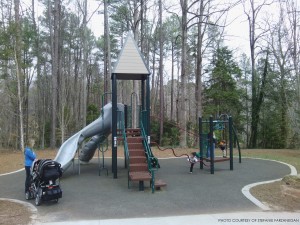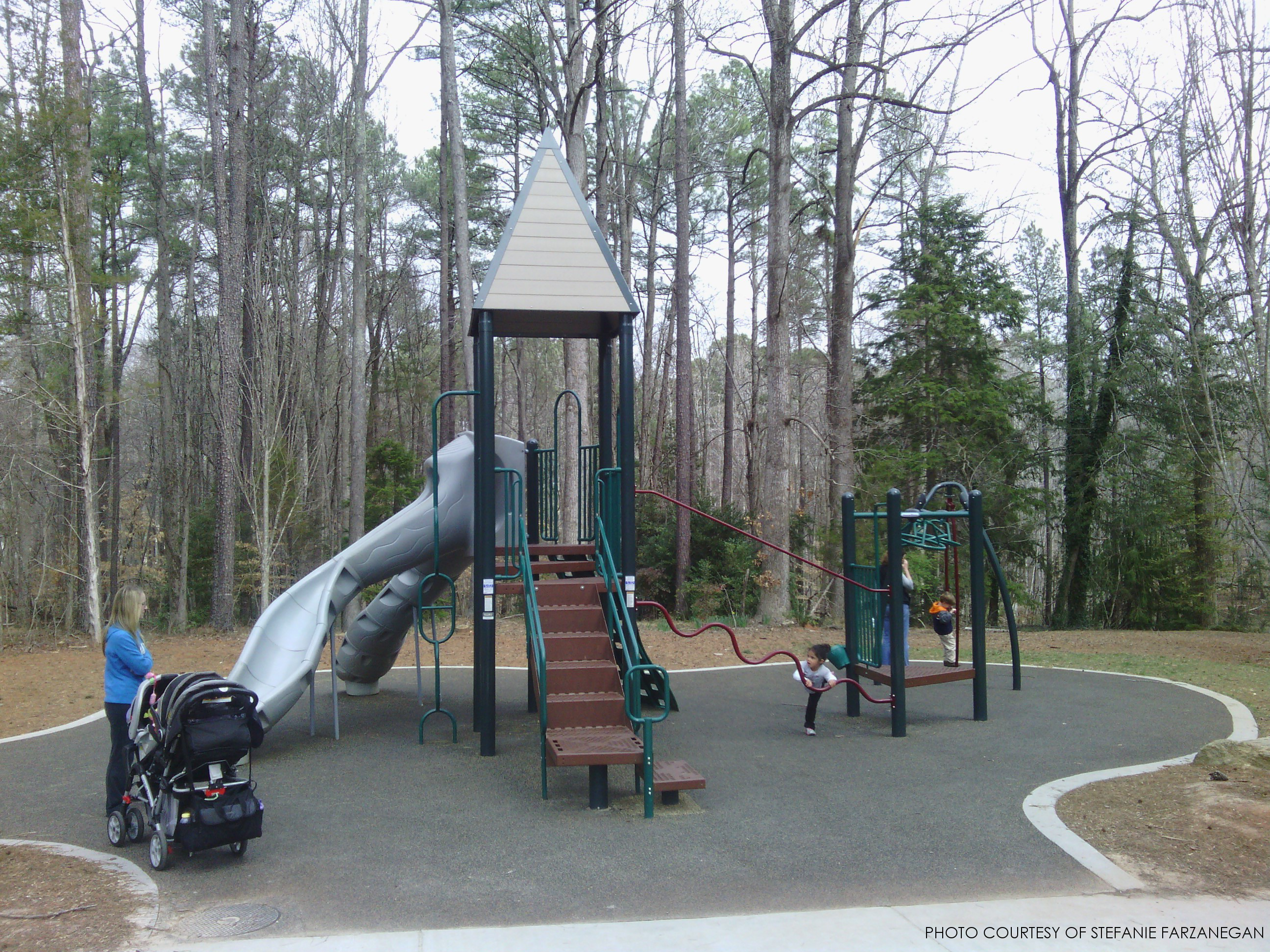
Which is more important: the safety of children or their creativity?
The answer to this question could alter the face of childhood for years to come, leaving parents to decide which of the two is preferable.
For most people, one of their childhood memories is going to the playground. The ability to just run around and go wild contrasts sharply with having to be orderly and obey rules while in school. Playgrounds, therefore, serve a useful purpose, as children need to be able to go outside and “blow steam.”
According to this article, however, creativity is being stifled these days like never before. Children typically spend hours indoors playing video games and surfing on the internet, instead of going outside and having fun.
In the past, many playgrounds were made out of metal and today are no longer considered “safe.” Comparatively, modern playgrounds are made of rubber and plastic, materials much less likely to harm a child.
New York Times columnist John Tierney argues that playgrounds now can be “too safe,” and that children exposed to aspects of “risky play” use techniques that prevent fears of those elements from occurring later in life.
Some categories of risky play are heights, speed, tools, elements (such as water or fire), rough play (such as wrestling) and being without adult supervision. These elements can actually help children later in life, as they (children) are less likely to develop a serious phobia of something they are exposed to at a tender age.
Taking these categories to an extreme is the theme of architect David Rockwell’s Imagination Playground in New York. Rockwell’s playground consists of durable blue foam blocks that children and adults alike can build with.
Instead of being a simple slide and some swings, the playground is just a big pile of blocks that let imaginations run wild. Rockwell’s mission, according to his website, “is to transform the lives of children around the world through active, creative play.”
Rockwell and his group want every community around the world to have a playground, so children will have the ability to express themselves creatively, as well as stay active and healthy. Instead of actual playgrounds, which can cost many thousands or even millions of dollars to build, portable imagination playgrounds cost around six thousand dollars each.
In short, modern playgrounds, built with “safe” materials, don’t allow children to be as creative as they could be, or as active. Imagination playgrounds, as well as applying the “loose parts” concept to other playgrounds, could affect future generations, both mentally and physically.

Leave a Reply